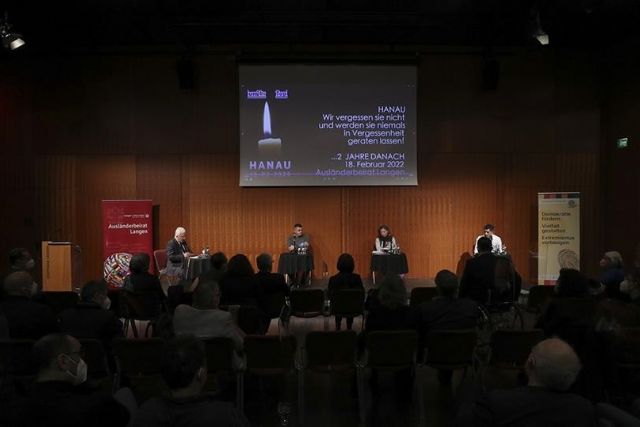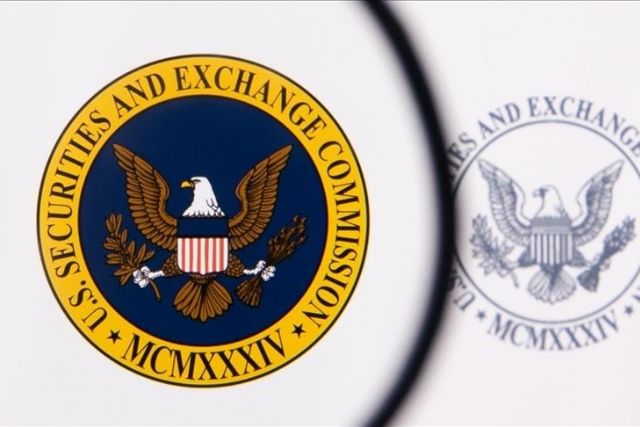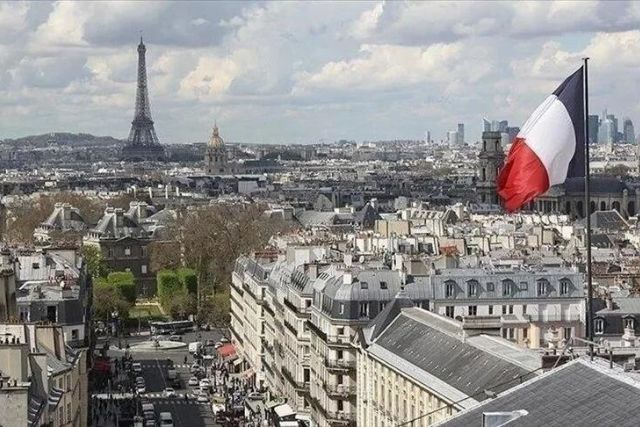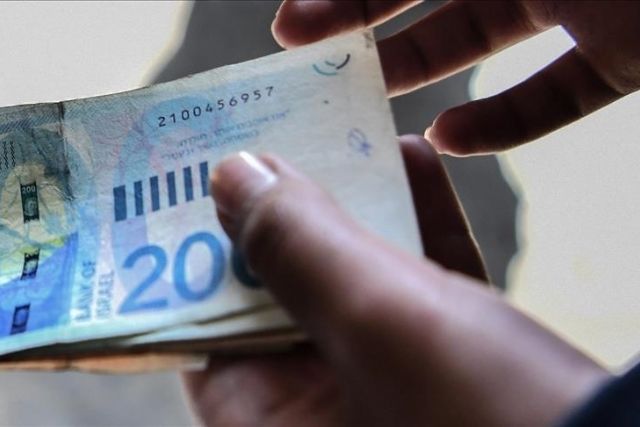ANALYSIS - Racist terrorist attack in Hanau 2 years on
Authorities failed to investigate attack thoroughly, how failures cost lives; still downplay right-wing extremism

The writer is a Berlin-based German journalist who writes about Islam in Germany, Islamophobia, German history, media and anti-racism. He has worked with relatives of victims in Hanau since the attack occurred.
ISTANBUL
It was one of the bloodiest incidents of terrorism in German history.
A racist killed nine people and German authorities promised to draw consequences. Two years later, there still is little to no progress.
February 19 marks the second anniversary of the right-wing terror attack in 2020 in Hanau. That night a racist-motivated gunman opened fire at two locations within 10 minutes and assassinated nine young people: Kaloyan Velkov, Fatih Saracoglu, Sedat Gurbuz, Vili Viorel Paun, Gokhan Gultekin, Mercedes Kierpacz, Ferhat Unvar, Said Nesar Hashemi and Hamza Kurtovic.
Hanau should have been a wake-up call
The assailant chose his victims based on their looks, aiming at those he deemed not to be German. In his racist pamphlet explaining his motivations and views, he wrote that certain people should be "cleansed." He mentioned whole countries like Morocco, Algeria, Tunisia, Egypt, Syria, Lebanon, the entire Arab peninsula, Iraq, Turkiye, Pakistan, Afghanistan and several other countries "all the way to the Philippines."
He hated the people he killed for who they were and humiliated them because of their backgrounds.
Such a terror attack targeting minorities should have been a decisive wake-up call regarding Germany's handling of racism and right-wing populism. Yet, two years later, there are reasonable doubts about its sincerity.
Every investigation by the police and prosecutors was stopped or labeled inconclusive. But what questions remain unanswered in the case of one single attacker, who afterward shot himself?
The terrorist was a known criminal
A thrilling question that remains is how did a person that was sent to a mental health facility in 2002 and was released as "unhealed" got a license to own and carry weapons legally. The terrorist Tobias R. was a criminal who had multiple altercations with the law.
In 2007, he attacked a security guard. In 2010, there were inquiries against him for drug smuggling. In 2018, a female escort worker called police because she found drugs and weapons in his apartment.
These examples were even overshadowed by the several paranoid reports he submitted to police and attorney's office claiming some secret intelligence agency was following him.
His obvious mental instability was paired with his blatant racism, which he explained several times to authorities in 2004 or 2019. Nevertheless, he was granted permission to carry weapons in 2013. Between October 2019 and February 2020, the website of the terrorist with all his detailed racist plans for killing people was online without any interference by authorities.
The terrorist went on his killing spree with weapons he should never possess. Usually, there are systematic and precise checks, and authorities' failure continued when the terror attack started.
Flaws in the investigation
The first attack took place in the city center, where three were killed. The later victim Vili Viorel Paun saw the attacker getting in his car and followed him for 2.5 kilometers (1.5 miles) to a second location.
In the meantime, Paun tried to call police five times and nobody answered. He could have been saved by any police officer telling him what to do, for example, get to safety.
Possibly in the attempt to block the attacker, he was killed too, and the attacker went to the second location, killing five more people before fleeing.
The Romanian father of Paun later overheard two police officers saying that they had never heard of a "brave gypsy" before, using an insulting name for Roma people.
The investigation about how police did not answer the calls and their potential failure to render assistance was stopped.
The ones gathered in the two connected shops at the second location were unable to flee because the emergency exit was blocked. It was known in Hanau that the door was closed most of the time, and the place was a target of frequent police raids. Sources indicate that the emergency exit was closed so that police could raid the place easier and was not forced to station somebody at the backdoor. This was never admitted officially. A private contracted forensic investigation concluded that people trapped inside the second location could have escaped if the door was not blocked. An investigation regarding the illegally closed emergency exit was stopped.
Victims' families mistreated
When the victims' families realized that their children were present in the shooting, they demanded to see them.
Police did not allow it. The Office of the Attorney General released the victims' bodies to autopsy without the permission of the relatives, which is illegal.
During the autopsy, the corpses were unusually cut open and "mistreated,” as some relatives call it.
Families waited several hours for information but it was only after the illegal autopsy they were informed about the deaths.
In the forms authorizing the autopsies, it was written that no relatives are known. In reality, the families were constantly asking about the victims.
Regarding the body of the attacker, authorities asked his father before. So, there is an assumption that the victims, based on racism, were treated differently.
Hamza Kurtovic, for example, a blond, blue-eyed victim of Bosnian descent, was described as "oriental-Mediterranean" looking. On the same night, police pointed guns at the family of Mercedes Kierpacz because they had "mistaken them for the attackers." When her family later buried their daughter, her body, which was cut open and unorderly sewn together, exploded, and her family had to wrap her in foil for her not to fall apart.
The first people being held by police the night of the attack were of Kurdish, Turkish and Arab descent because officials were initially not looking for a right-wing shooter but some kind of migrant gang.
This was fueled by yellow press such as BILD, a media outlet often accused of spreading racism, which gossiped live about a "gang war" and "Muslim milieus." It took police five hours to assault the house of the terrorist. He and his mother were already dead. His father, who was present at that time, claimed to have not noticed anything. Afterward, he demanded his son's weapons back and wanted his website put back online.
German authorities failed
In 2021, 20 elite-police officers were suspended for being "right-wing and anti-constitutional." It later came out that they were the ones present in Hanau.
So right-wing police officers should have protected minorities from right-wing terrorists? Regarding the policemen, the prime minister of the German state, Hesse, where Hanau is located, said: "That doesn't mean they won't do their job right."
In Germany, there is a saying about having a blind eye on the right. Two years after the bloody racist terror attack, German authorities failed to investigate the attack thoroughly, failed to investigate how failures on their side cost lives.
They failed to investigate what they should change. Still, there is a downplay of right-wing extremism and racism, and nobody responsible was dismissed.
The families of the victims are fighting for justice on their own. Their children were of Bosniak, Turkish, Kurdish, Roma or Afghan descent. Yet, they were part of their city and their country.
The attacker did not see Germans in them but instead of making a difference, authorities still handled the case as if the victims indeed were not Germans. But they were. The diversity of Germany must be defended more passionately.
* Opinions expressed in this article are the author's own and do not necessarily reflect the editorial policy of Anadolu Agency.





